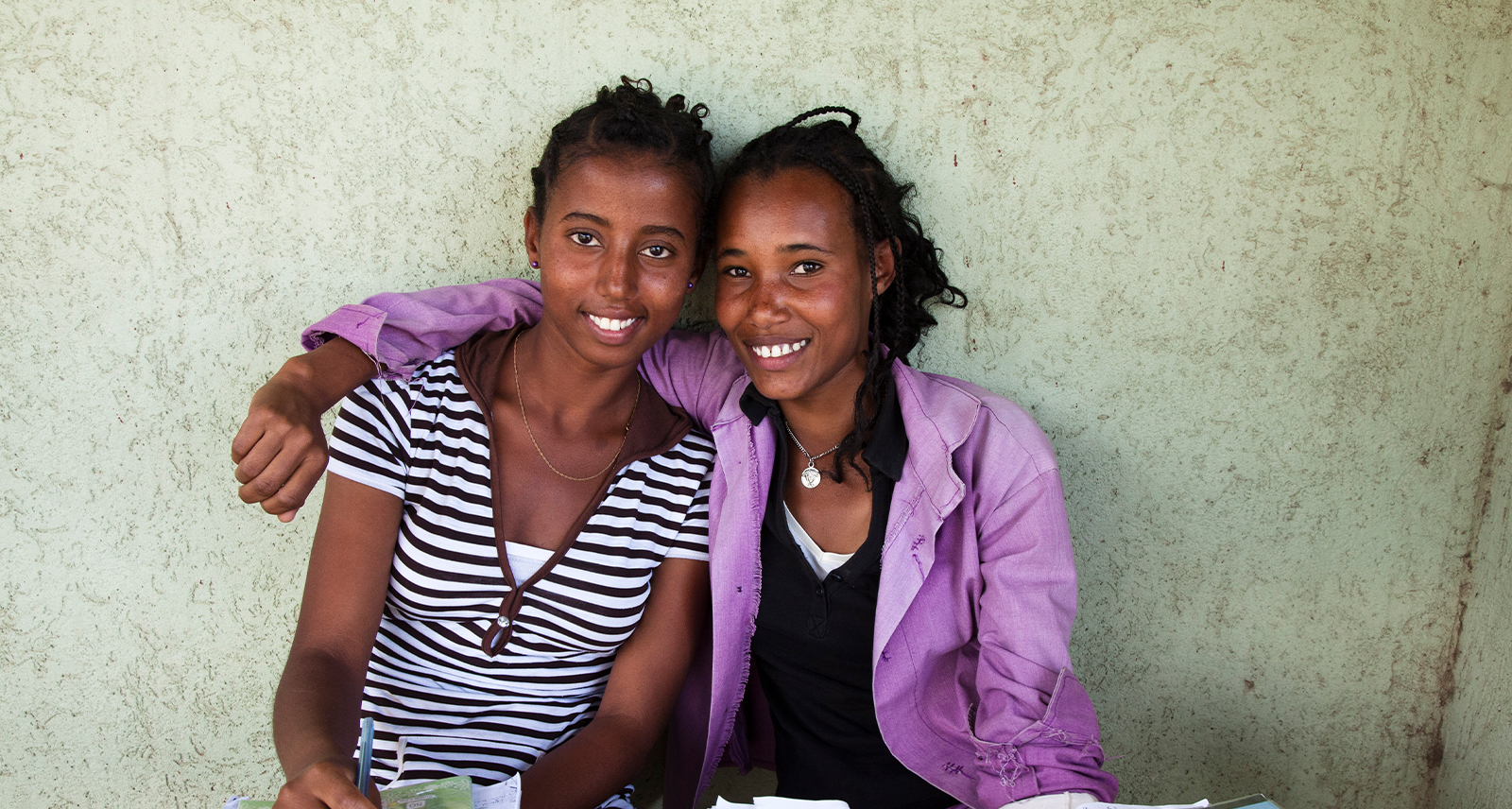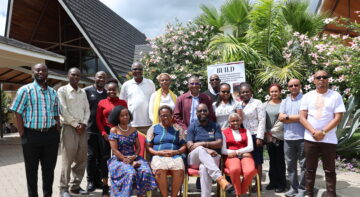Blogs

 Family planning (FP) enables families to have the number of children they would like to have and at the time that they would like to have them.
Family planning (FP) enables families to have the number of children they would like to have and at the time that they would like to have them.
Recent evidence by Cleland and colleagues shows that access to FP can reduce maternal deaths by 40 percent, infant mortality by 10%, and childhood mortality by 21%.
FP also helps to reduce the broader costs of health care since avoiding unplanned pregnancies means there will be fewer mothers seeking care for pregnancy complications, unsafe abortion, and delivery.
By enabling women to prevent unwanted pregnancies FP helps to slow population growth, enhance investments in education and health, promote economic growth and poverty reduction efforts, and create a stable balance between people and the environment.
As part of the study described in the story “Regional Economic Blocs Pledge to do Their Bit to Reduce Maternal Deaths in Africa’, on page 1, AFIDEP examined regional trends and patterns in FP indicators in sub-Saharan Africa (SSA) and reviewed the literature to draw policy and programmatic lessons from countries that are making the most progress towards improving FP uptake.
Few married women in Sub-Saharan Africa are using modern contraception
Despite the wide-ranging health and development benefits that FP offers, contraceptive use is very low in sub-Saharan Africa. The median percentage of married women using modern contraception from our analyses were 13% for SSA, 46% for Southern Africa, 18% for East Africa, and 9% for West and Central Africa.
The 2011 Population Reference Bureau Population Data Sheet shows that while about 55% of married women use modern contraception globally, only 19% do so in SSA. The regional levels range from 10% in West and Central Africa, 24% in East Africa, 43% in North Africa, and 58% in Southern Africa.
These data show that contraceptive use in Southern Africa and North Africa is close to or at par with the global levels, while West and Central Africa are farther behind.
Our results show that progress in increasing contraceptive use in SSA is quite bleak and it remained constant at about 0.5 percentage points per year between the 1990s and the 2000s.
The rate of progress between the two periods accelerated in both East and Southern Africa, but it slowed down in West Africa, and only increased slightly in Central Africa. East Africa had the biggest improvement in the rate of increase from 0.4 to 1.0 percentage points per year.
These results show that efforts to improve contraceptive use in Africa need to pay particular attention to West and Central Africa; otherwise, the huge inequity between the broader eastern and western regions of Africa will widen further in future.
Barriers to contraceptive use should be addressed urgently to reduce unmet need for FP
About 26% of married women in sub-Saharan Africa have an unmet need for FP. These are women who would like to postpone the next birth by at least two years or stop childbearing altogether but are not using FP. The levels of unmet need for the four regions range from 22% in Central Africa, 23% in Southern Africa, 26% in East Africa and 29% in West Africa.
Uganda recorded the highest level of unmet need for FP of 41% in 2006. These patterns show enormous potential for improving levels of contraceptive use even in regions and countries that have increased FP uptake.
For instance, Rwanda managed to reduce its level of unmet need from 38% in 2005 to 19% in 2010, as the country increased use of modern contraceptives at an impressive average rate of 4 percentage points per year, reaching 45% in 2010.
There are many reasons why women who need to use FP fail to do so, including lack of access to contraceptives, opposition from spouses, religious reasons, concerns about health effects of FP, and cost of FP.
Interventions to reduce unmet need for FP should, therefore, focus on addressing financial and technical inadequacies that limit access to contraceptive commodities and intensifying educational campaigns to overcome psychosocial and cultural barriers to contraceptive use.
High fertility rates are the major driver of rapid population growth
Primarily due to the high levels of unmet need for FP, nearly 3 in 10 births in sub-Saharan Africa are unplanned. The level of unplanned pregnancies is highest in Southern Africa (40%), a region with the highest levels of contraceptive use, while West Africa has the lowest (21%) primarily because of relatively high demand for children.
The median number of children per woman in SSA Africa is about 5. Regional fertility levels correspond to levels of contraceptive use; Southern Africa has the lowest level of fertility (3.9) West Africa has the highest (5.5), with East Africa (5.1) and Central Africa (5.0) in the middle.
Niger’s fertility of 7 is the highest in the world, followed by Uganda’s 6.7. Other countries with high fertility rates include Mali (6.6), Somalia (6.5), DRC (6.3), Zambia (6.2) and Burkina Faso (6.0).
Due to high fertility, SSA’s population is projected to double from 856 million to 2 billion between 2010 and 2050 if average fertility rates decline to about 2.3, according to the UN medium variant.
However, if fertility rates only decline to about 3.3 children by then, the population would increase to 2.2 billion. Unsurprisingly, populations of countries with the highest fertility are growing most rapidly.
For instance, Niger’s population will nearly quadruple by 2050 while the populations of Tanzania, Somalia, Zambia, Malawi, Mali, Burkina Faso and Uganda will at least or nearly triple by 2050.
These high rates of population growth have serious implications on the development trajectories of the countries. Slowing population growth would help enhance economic growth and development by reducing child dependency ratios and increasing the working-age population, enhance women’s participation in the labour market, and enhance investments children’s health and education that would increase productivity in the next generation.
In order to address this challenge, governments and development partners should mobilize financial and technical resources to ensure commodity security as well as in empowerment of women through education and gender equity policies to address the demand side barriers.
Learning from countries that are making good progress
Factors that are propelling progress in a few countries can provide useful lessons for accelerating increase in contraceptive use across the region. Countries that made the most progress during the study period are South Africa, Zimbabwe, and Namibia in Southern Africa; Rwanda, Kenya, Tanzania and Ethiopia in East Africa; and Cape Verde, Ghana, and Burkina Faso in West Africa.
A review of literature showed that progress in increasing contraceptive in these countries was due to a combination of the following policy and program features:
- Strong political will and commitment;
- Enabling policy environment that includes a clear FP strategy;
- Extensive healthcare infrastructure that facilitates easy access to health services;
- Extensive community outreach to hard to reach communities;
- Reduced costs of healthcare that includes free FP services;
- Sustained funding to the health sector and commodity security
- Skilled health workforce that is developed through training, task shifting, and performance-based rewards.
Related Posts





